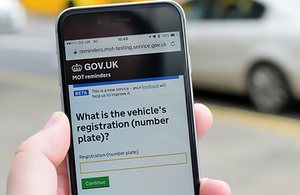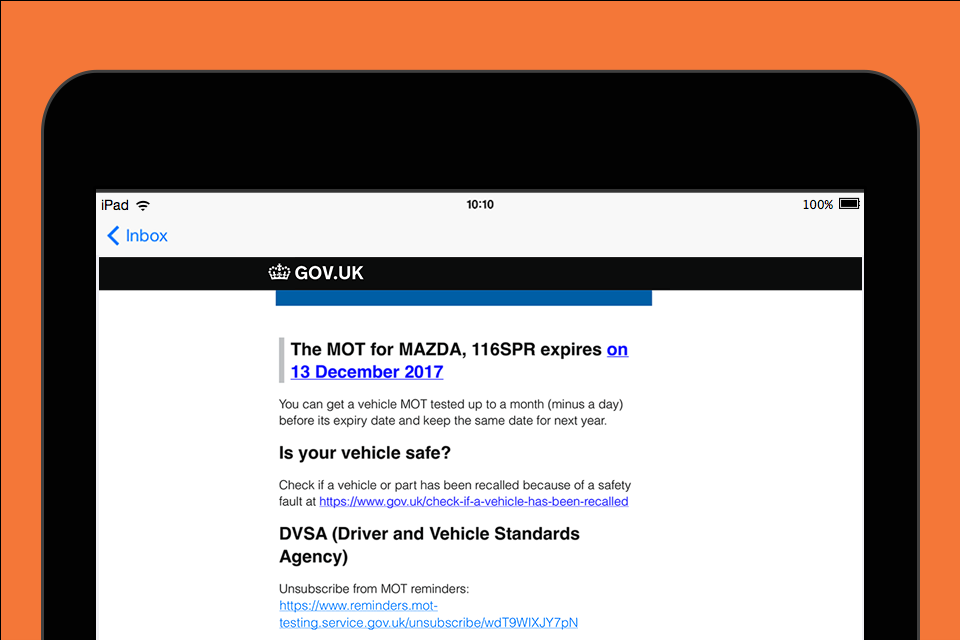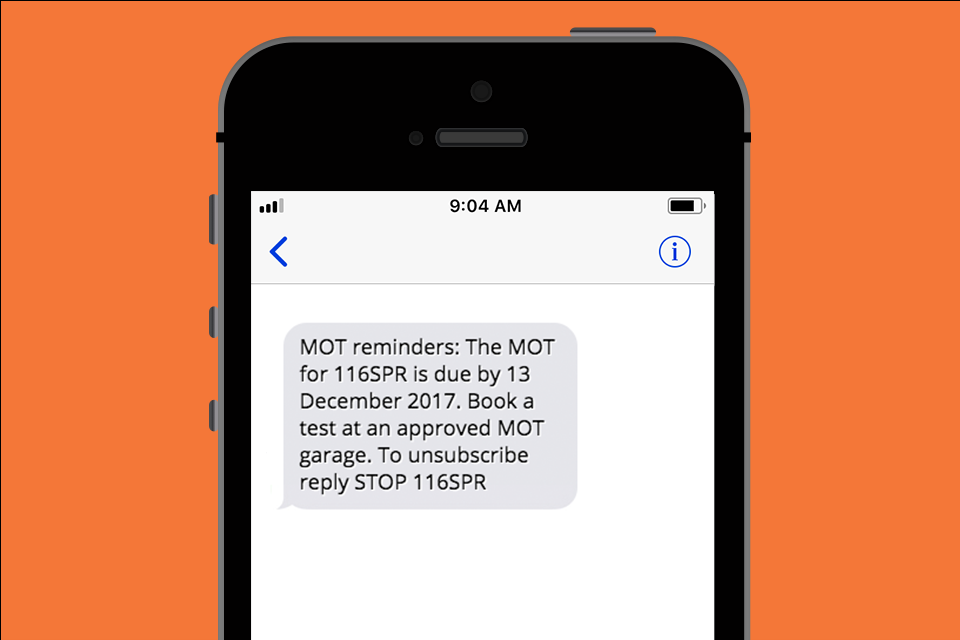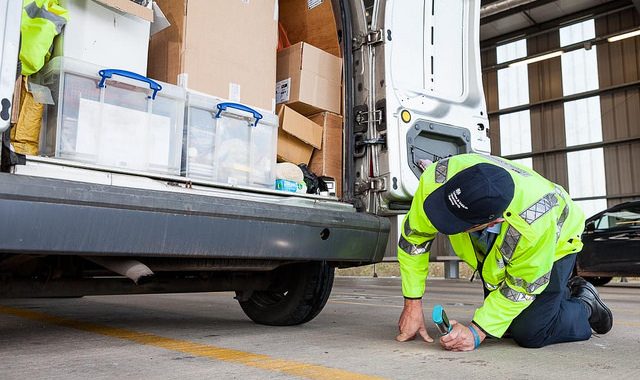As Driver CPC trainers we’re always looking for great ways to make Driver CPC training more exciting for drivers. Not only do we need to ensure our delegates are kept engaged and motivated throughout the session, we trainers also need to be motivated as we’re teaching driver CPC day in day out.
Teaching is an art form. Great trainers hold our attention, make us laugh, help us to fully understand complex subject matter and, most of all, inspire us!
Get off to a good start
Kick off by giving a overview of you and brief history of your achievements. What your experience is and why you love teaching. Tell your your attendees what you are going to learn and how those skills will help them achieve their goals. Break down inhibitions by using an ice breaker. For example, you could ask drivers to break up into groups of two, one delegate will tell the other where they are from, who they work for and an interesting nugget of information the class will find funny. Each will tell the rest of the delegates about the other.
Change the room layout
Training rooms tend to be laid out in the same way, rows of tables and chairs. The easiest way is to just rearrange the room into a more interesting layout each time you deliver training.
Your choice of venue can also have an impact on engagement. A space full of light, colour and texture can prove far more inspiring than a bland, windowless meeting room.
Use props
To make your teaching even more visual, add in some real life props. These could be practical items such as old vehicle units, a model of a vehicle, straps, charts etc….anything that will help liven up the proceedings and help people to remember.
Although the nature of Driver CPC training is serious, it is important to remember that people learn best when they are having fun.
Play games
Which leads us nicely on to……games are a brilliant way for people to learn without even realising it. This could be ‘Generation Game’ style tasks, quizzes, puzzles, crosswords, memory games or ordering tasks – anything that focuses the attention. You can even do it against the clock for extra excitement.
Introducing a quick quiz at the end of each content section, helping recap on what’s been learned. You could offer a small prize for the winner!
Accommodate different learning styles
People learn in different ways. Some of us are visual learners, preferring pictures, videos and diagrams, while others respond to spoken and written word, music, logic and reasoning or even physical activities.
Try to vary your teaching by combining traditional linguistic teaching methods, with audio and visual presentations, written handouts, interactive tasks, and group work. This will provide an inclusive environment for all learning styles and ensure no one gets left behind.
Facilitate Engagement in Training
It’s important to create an emotional connection with the learner. Storytelling is great way to facilitate engagement in training. Case studies are a great way to tell a story and show impact.
Tell stories or use metaphors
Try to make it relatable to everyday life by using real examples and case studies or even creative metaphors or parables.
By associating imagery that is left of field to what you are actually teaching, such as comparing driver to a golf club, I think you can see where I went with that. This way you can more easily embed it in your delegates’ memories.
Keep it short
One of the best ways to keep your audience engaged is not overloading them with information. Go on too long and the brain simply shuts off and people stop listening.
As Driver CPC is taking place over the course of a day, schedule in plenty of short breaks. As well as giving attendees a chance to get up, walk around and take refreshment, you should also facilitate ‘downloading’ of learnings.
Give them time to write and organise notes and assist them by providing pens, pads, sticky notes and highlighters etc.
Provide recognition and reward
Training participants will be more motivated to successfully complete the course if their efforts are recognised and they have something to show for it at the end.
Make attendees know they will receive personalised certificates to mark their participation and perhaps also consider extra incentives such as a competition or small prizes for top students. An element of good-natured competition can keep the attention of those attendees with a competitive streak!
Let them teach you
Break into small groups. Assign each group a section of reading material. Have each team write down the major points on a flip chart and do a team presentation to the rest of the class. This exercise really increases energy!
Conclusion
Great ways to make Driver CPC training more exciting is as much about entertaining your delegates as informing them. Make your training lively, varied, fun and unexpected and your participants will learn quicker and better!
If you would like to know more about teaching Driver CPC please do get in touch. Here to share the knowledge!












